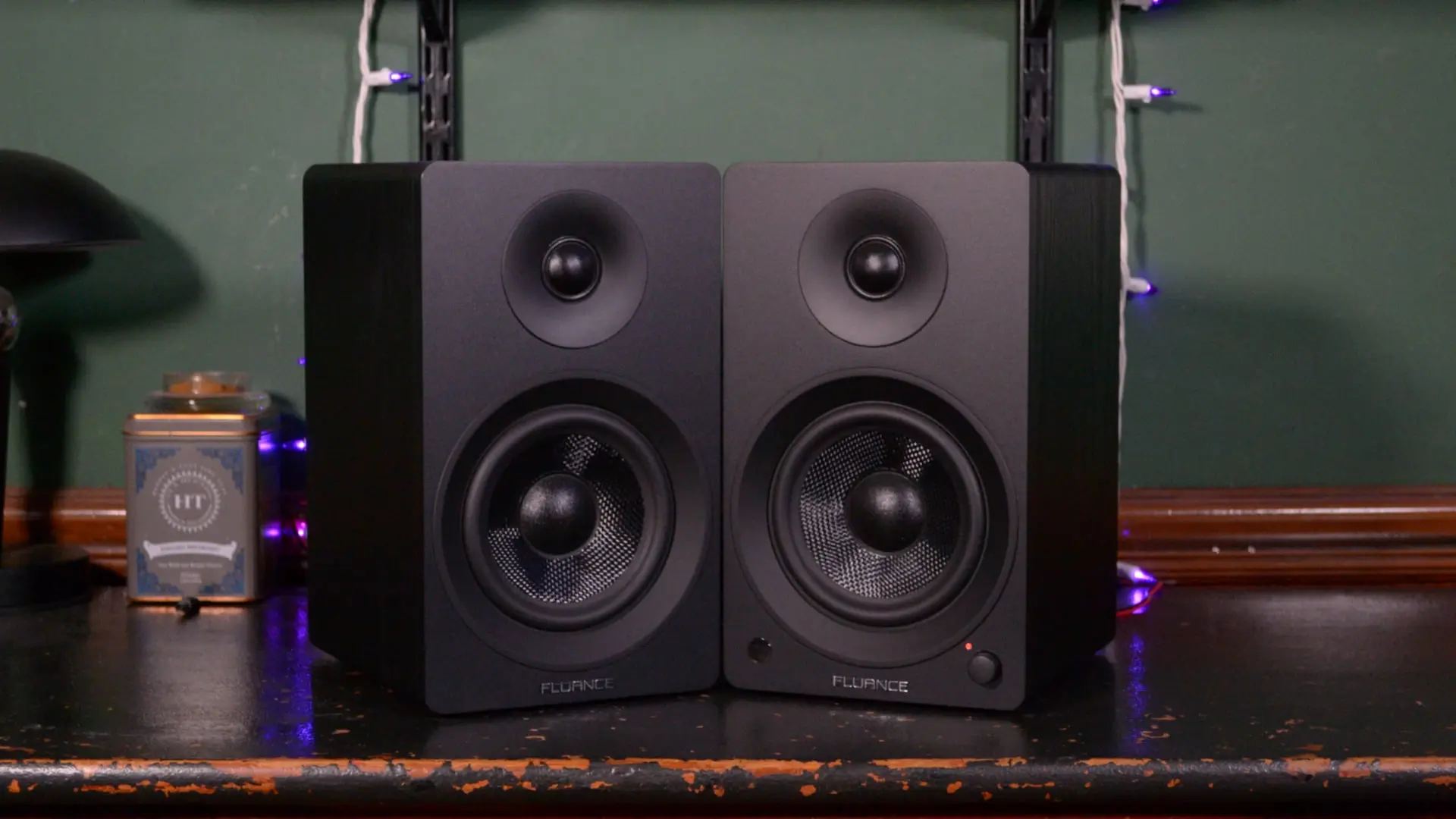Quick Links
Key Takeaways
Buying speakers and amplifiers with compatible wattage is important, but it’s not the only aspect to consider when speaker shopping. You also need to consider impedance, the sensitivity of the speakers, and how much volume you’ll generally need for your stereo or home theater setup.
Buying speakers can be a daunting process. Is matching up the wattage enough, or are there other important specs? How many watts do you need? We'll show you everything you need to know when buying speakers or a receiver.
Wattage Isn't Everything, Don't Forget Impedance
Wattage is far from all that matters in speakers, though it is one of the most important factors. Impedance is also critical to consider, because if you get the impedance wrong between your speakers and your receiver or amplifier, you could end up damaging something.
Impedance is measured in Ohms, usually in the regions between 2 and 16 Ohms for speakers. Ideally, you'll want the same number between both the receiver and speakers. Of course, this isn't always possible.
Generally, it's safe to use speakers with a higher impedance than your receiver. Running speakers with a lower impedance than your amplifier could damage the amplifier. These days, many speakers and amplifiers mention the range of impedances they're compatible with instead of a single number.
There is a lot more to know about impedance and speakers, but the basics above should be all you need to know when shopping for speakers or a receiver. For more information, take a look are our more in-depth look at impedance in speakers.
What Is the Right Wattage for Your Speakers or Receiver?
We'll start with the most important information: in most cases, you'll want to make sure your speakers have a higher wattage rating than your amplifier. This will help keep from blowing your speakers as you crank the volume.
That said, too little power can also damage speakers. Because of this, some speaker manufacturers will list both the minimum and maximum wattage they can handle. For matching speakers and receivers, speakers near the upper third of the power scale can be a sweet spot.
Interpreting Wattage Ratings
You need to be careful here, as manufacturers list wattage in different ways. The ideal figure here is the continuous power, or RMS power rating. In speakers with a 100-watt RMS rating, for example, this means that they'll handle that wattage steadily.
Some manufacturers show the peak power of their products, not the continuous. This means the rating that a speaker can handle for a short period without blowing. If that signal continues for long enough, the speaker won't be able to handle it. Always look for the continuous or RMS power rating in speakers.
Impedance also pops up here because amplifiers can output different wattages at different impedances. Some receivers, for example, deliver 100 watts at 8 Ohms, but 150 watts at 4 Ohms. If you're buying speakers to match a receiver, make sure to consider this.
Factoring Your Average Volume
Finally, if you're buying a new setup from scratch, like speakers and a receiver, think about the average volume you need. Most receivers you'll find are in the 20 to 100 watt range, though you'll find outliers on either end. While that might sound like a massive gap, it's not as big as it seems.
Theoretically, a 100 watt amp or receiver is only a little over twice as loud as a 20-watt model. This is because doubling the power output only raises the output volume by around three decibels, or 3dB. An increase of 10dB is what we perceive as twice as loud, and a 100-watt receiver is only theoretically 12dB louder than the 20-watt model.
For the vast majority of people, a 50-watt receiver will feature all the power you need. That said, you need to research whether a receiver offers 50 watts per channel or 50 watts into two channels, which would be 25 watts per channel. This is especially important if you're buying a 5.1-channel or higher A/V receiver.
What Is Speaker Sensitivity?
Not all speakers are created equal, and wattage isn't the only aspect of a speaker that determines how loud it is. There's also sensitivity, which is a direct measurement of how loud a speaker will be at a given volume.
Specifically, sensitivity is a measurement of how loud a speaker will be from one meter away, driven by one watt of power. The resulting figure is quoted in decibels.
Speakers with higher sensitivity aren't better than speakers with lower sensitivity, nor are lower sensitivity speakers better. This is just a measurement to help you understand how loud a given speaker is. This is especially handy if you're comparing two different speakers.
If you're shopping for a stereo setup and need some advice, don't forget to check out our list of the best bookshelf speakers and the best stereo receivers.

